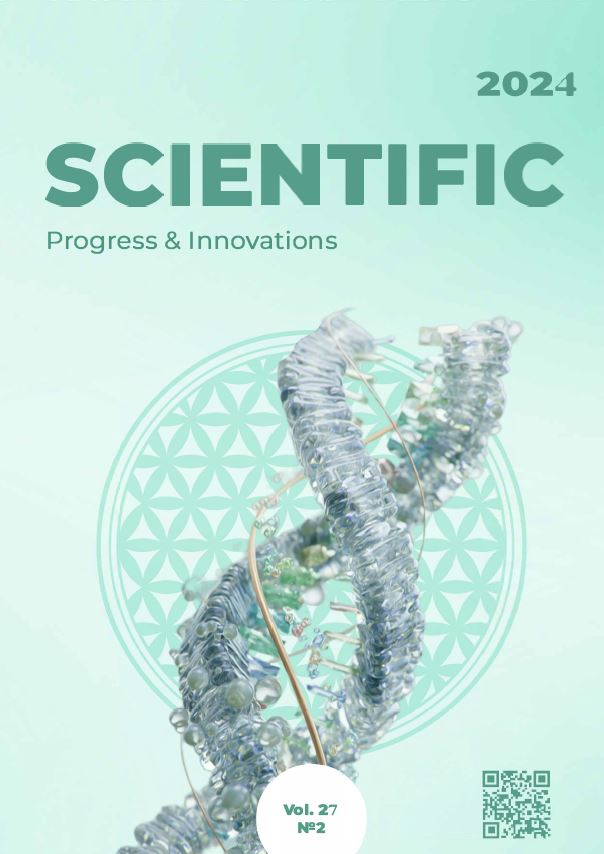Veterinary and sanitary assessment of food products and food raw materials according to quality and safety indicators in 2023 in the Zhytomyr region
DOI:
https://doi.org/10.31210/spi2024.27.02.11Keywords:
food products and food raw materials, organoleptic, physicochemical and sanitary indicators, toxic elements, pesticides, antibiotics, radionuclidesAbstract
The purpose of our research was to provide a veterinary and sanitary assessment of food products and food raw materials according to quality and safety indicators in 2023 in the Zhytomyr region. According to the results of the analysis of the reporting documentation of the state laboratories of veterinary expertise in the food markets of the Zhytomyr region, it was established that in 2023, specialists inspected and conducted 398417 examinations and 1089937 laboratory tests. A total of 67,964 tons were not allowed for sale, and 7,368 unsatisfactory results were obtained, including 37 carcasses, 1,276 cases of invasive and non-communicable diseases, of which 828 were cases of echinococcosis. The main reason for the culling of offal in 2023 was invasive and non-communicable diseases, which significantly worsened their quality and safety after cleaning. 3,925 tons were disposed of due to invasive and non-communicable diseases. According to quality and safety indicators (the content of toxic elements, pesticides, antibiotics, radionuclides) from all the studied samples, only an excess of 137Cs was found in the gifts of the forest, which remains the most dangerous. The specific activity of 4 samples of fresh mushrooms in the Zvyagel district out of 83 investigated was in the range of 657 Bq/kg–756 Bq/kg (according to DR–2006 not higher than 500 Bq/kg) and Korostensky out of 167 investigated in 5 samples (627.2 Bq/kg–942.5 Bq/kg. The content of 137Cs in 2 samples of dry mushrooms out of 26 investigated in the Zvyagel district was 2709 Bq/kg and 2807 Bq/kg, respectively (according to DR-2006 not higher than 2500 Bq/kg). Specific activity 2 samples of dry mushrooms out of 32 studied in the Korosten district were 2836 Bq/kg and 2777 Bq/kg, respectively. Providing the population of Zhytomyr region with high-quality and safe food products is the result of painstaking work by producers, and increased control at all stages of their production by the requirements of the HACCP system on the entire food chain “from farm to consumer” and increased veterinary and sanitary inspection by specialists of the State Production and Consumer Service and prevention of implementation low-quality and harmful products and food raw materials.

 Creative Commons Attribution 4.0 International Licens
Creative Commons Attribution 4.0 International Licens